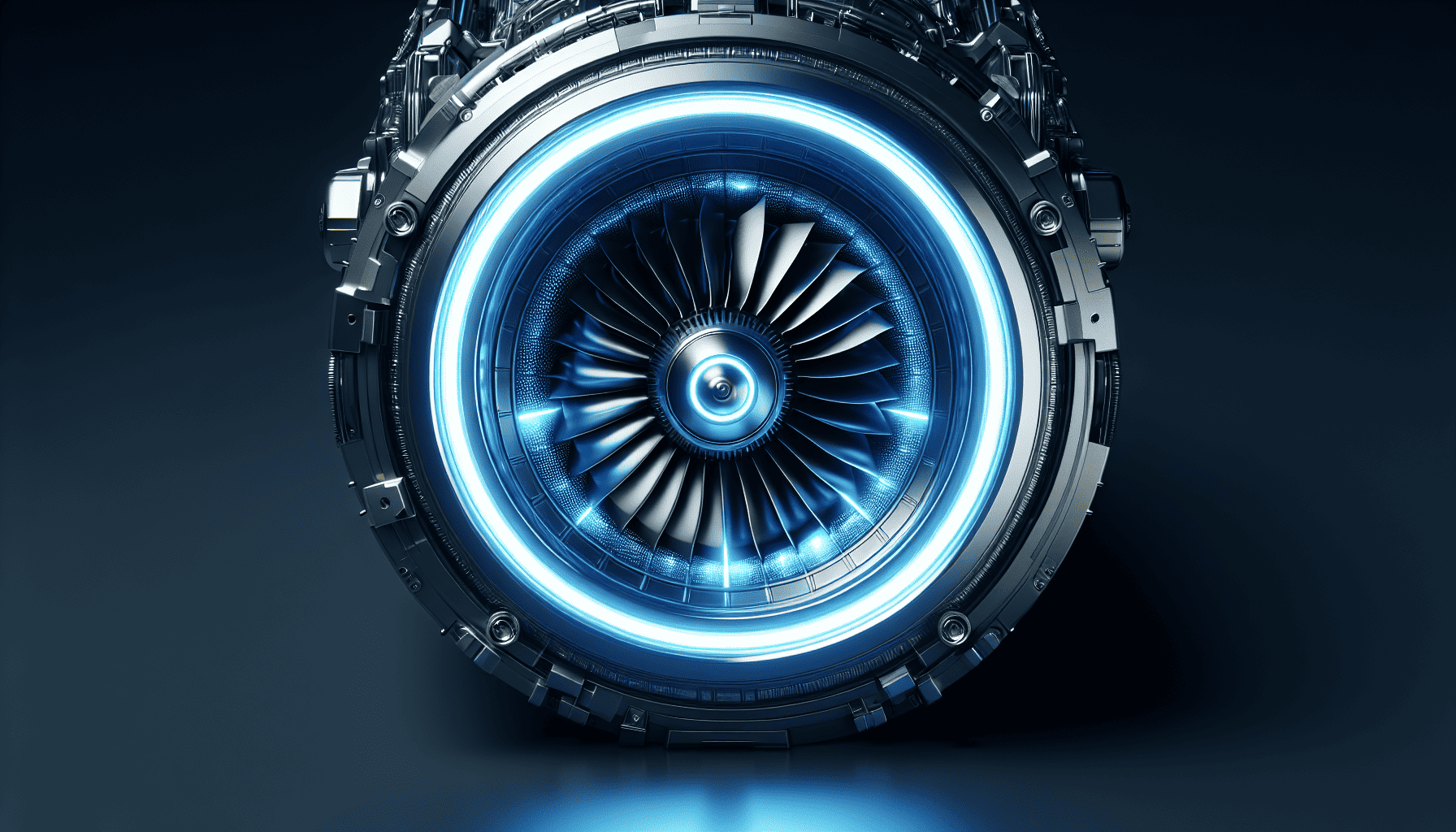The realm of propulsion technology has always been a cornerstone of human advancement, fundamentally altering how we explore, operate, and perceive our world and beyond. As the demand for faster, more efficient, and ecologically conscious propulsion systems intensifies, groundbreaking advancements are now on the horizon that could redefine the future of transportation across air, sea, and space.
Historically, the evolution of propulsion systems has been marked by pivotal transitions— from steam engines to internal combustion, and more recently, electric propulsion. However, current advancements are not merely steps forward; they promise to be leaps, driven by the integration of cutting-edge materials, advanced computational methods, and innovative energy-conversion techniques.
Central to this revolution is the development of hybrid propulsion systems. By combining traditional engines with electric and other novel power sources, these hybrid systems optimize fuel efficiency, reduce emissions, and offer unmatched versatility. For instance, in aviation, hybrid-electric planes are being designed to drastically cut carbon footprints and operational costs while ensuring the reliability that aerospace operations demand. These systems use intelligent power management to switch seamlessly between different modes of propulsion based on the phase of flight, minimizing energy wastage.
Moreover, the exploration of alternative fuels, such as hydrogen and biofuels, adds a critical layer to the propulsion advancement landscape. Hydrogen fuel, with its zero-emission promise, paired with fuel cells or even combustion engines, presents a tangible path toward sustainable commercial aviation and maritime solutions. Despite the challenges related to storage and production, ongoing research and governmental support indicate that hydrogen could be a viable mainstream fuel in the coming decades, setting a new standard for green energy usage.
In the domain of space exploration, advanced propulsion systems are pushing the boundaries of what is possible. Ion propulsion, already utilized in several deep-space missions, offers unparalleled efficiency for prolonged space travel. By propelling spacecraft through the acceleration of charged particles, such systems require significantly less propellant compared to traditional chemical rockets, enabling longer missions with reduced launch weights. Furthermore, the exploration and potential implementation of nuclear thermal propulsion (NTP) could drastically shorten travel times to distant destinations, such as Mars, by offering high thrust-to-weight ratios and efficiency.
Artificial intelligence (AI) and machine learning also play pivotal roles in optimizing propulsion systems. Through sophisticated algorithms, these technologies facilitate real-time system monitoring, predictive maintenance, and optimization of fuel consumption. By analyzing vast sets of operational data, AI can significantly enhance the precision and reliability of propulsion systems, extend their lifespan, and minimize unexpected failures.
The integration of advanced materials, such as lightweight composites and heat-resistant alloys, further complements these propulsion innovations. These materials not only improve structural integrity but are also crucial in enhancing the performance and efficiency of engines under extreme operational conditions. The ability to withstand high temperatures and stresses means engines can operate longer at optimal performance levels, greatly benefiting everything from fighter jets to commercial space vehicles.
In conclusion, the landscape of propulsion systems is being revolutionized by state-of-the-art technology and innovative approaches to thrust generation. With the dual imperative of efficiency and sustainability driving development, these advances hold the promise of redefining transportation as we know it. As researchers and engineers continue to push the boundaries of what is possible, the ongoing propulsion revolution stands not only as a testament to human ingenuity but also as a beacon guiding toward a more sustainable and interconnected future.
